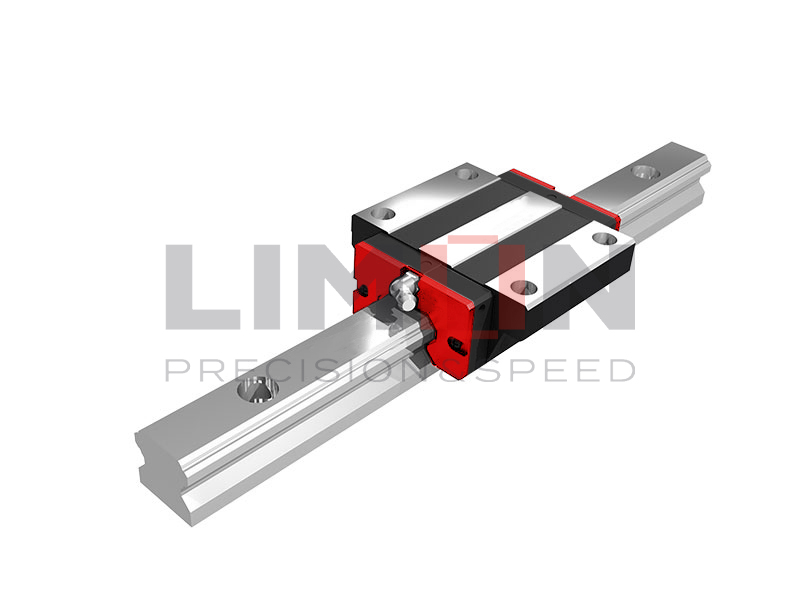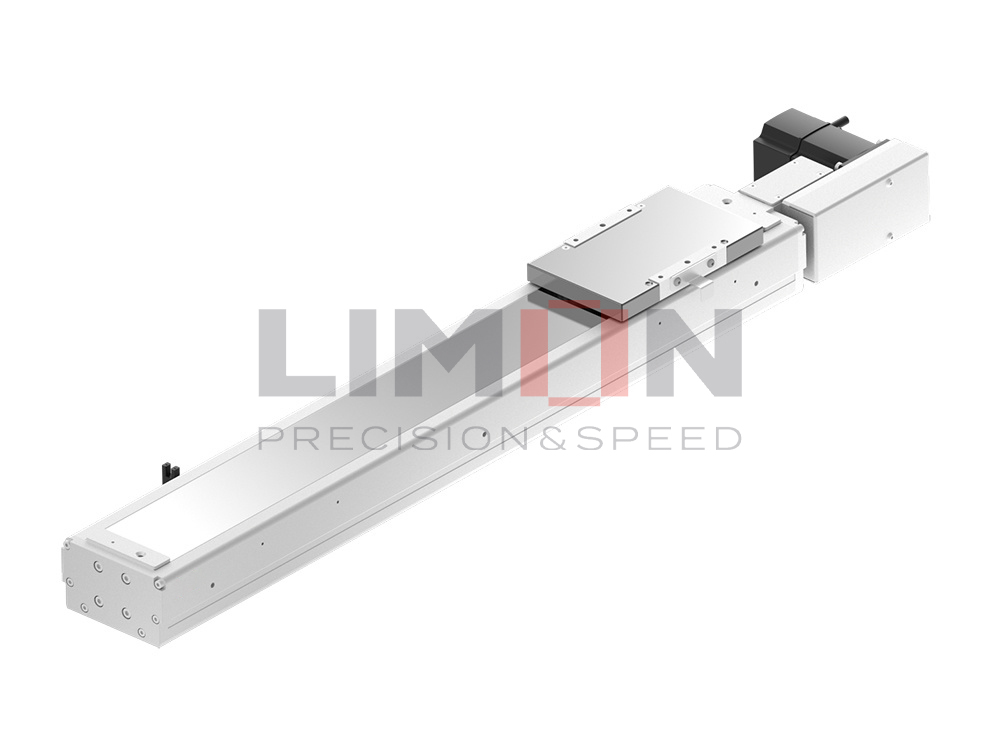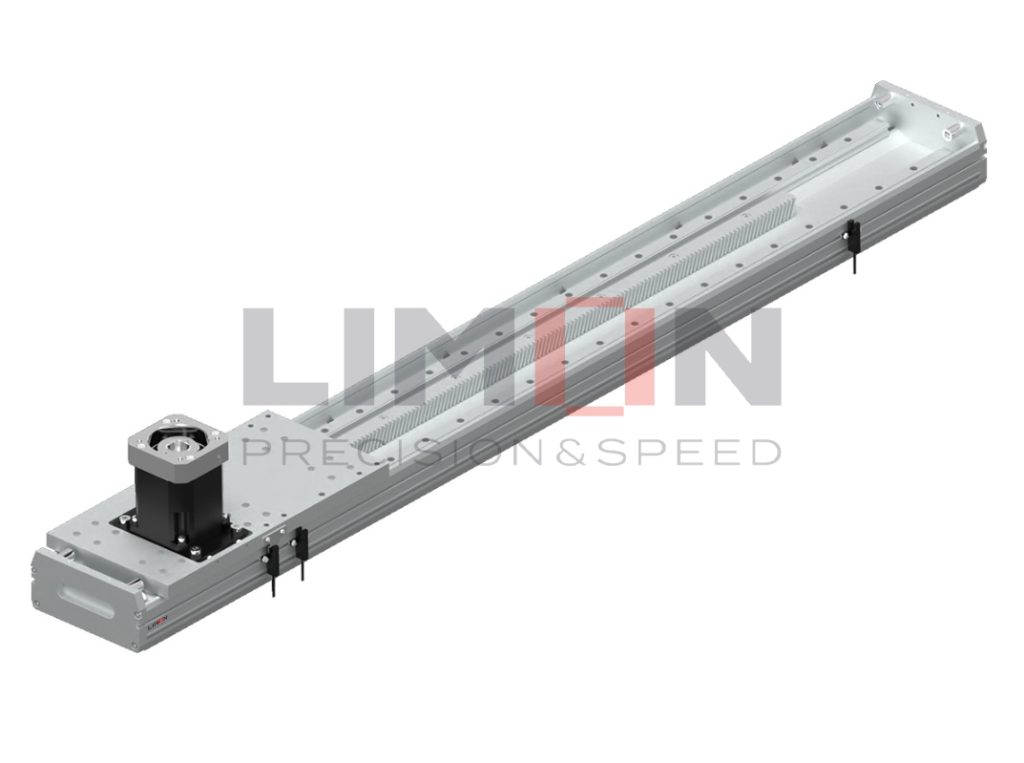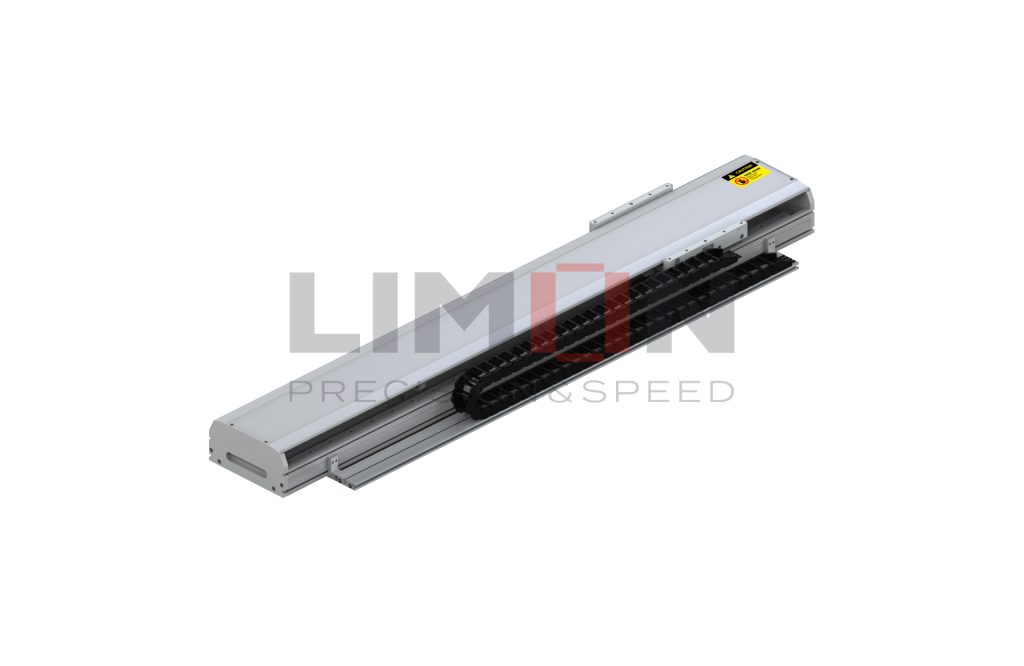What is linear rail?
Linear rail can be divided three types: roller linear guide, cylindrical linear guide, ball linear guide, it’s used to support and guide the moving parts, according to the given direction to do reciprocating linear motion according to the nature of friction, linear motion guide can be divided into sliding friction guide rolling friction guide elastic friction guide fluid friction guide rail and other types.
If you are machine manufacturer, and need to move things through your manufacturing process with great precision and as little friction as possible the very best way to do that is using Linear rails. Linear rail are devices used widely used across the full range of industrial sectors.
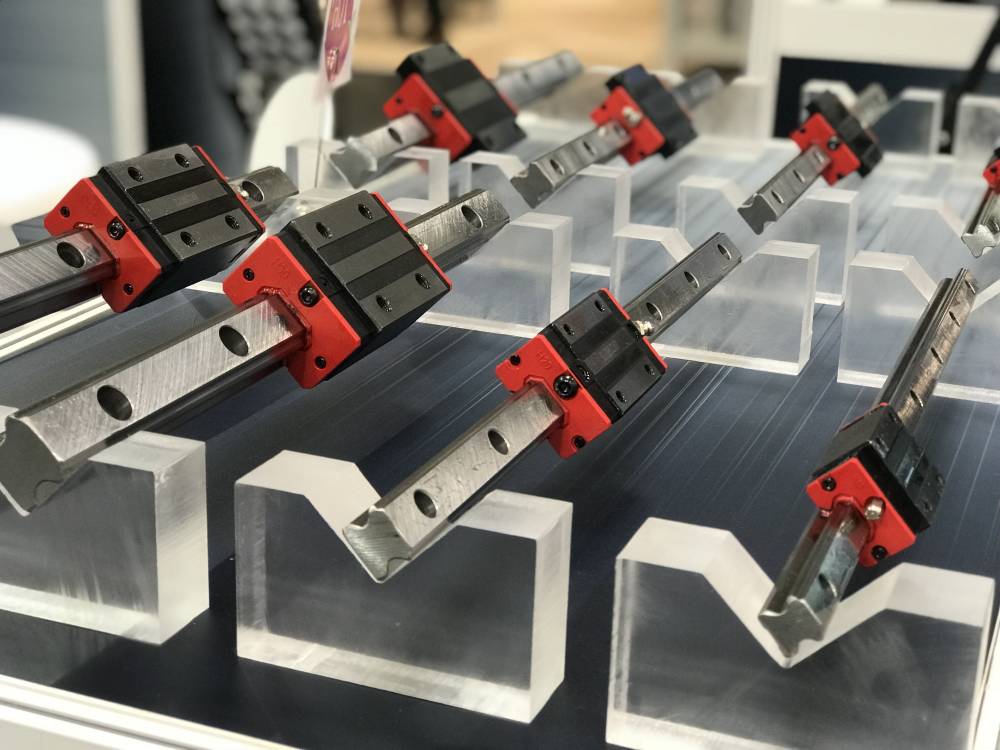
How to choose linear rail?
- Factors to consider include:
- Load capacity (are any moments involved?)
- Precision (micron precision of miniature ball guide rails to less precise track rollers)
- Support arrangement (fully supported, end supported, cantilevered or telescopic)
- Environment (dirty/dusty, clean room, vacuum, outside…)
- Corrosion resistance (medical, pharmaceutical, food industries)
- Size and scale (compact, heavy duty, or something in between)
- Friction (with regards to the drive system)
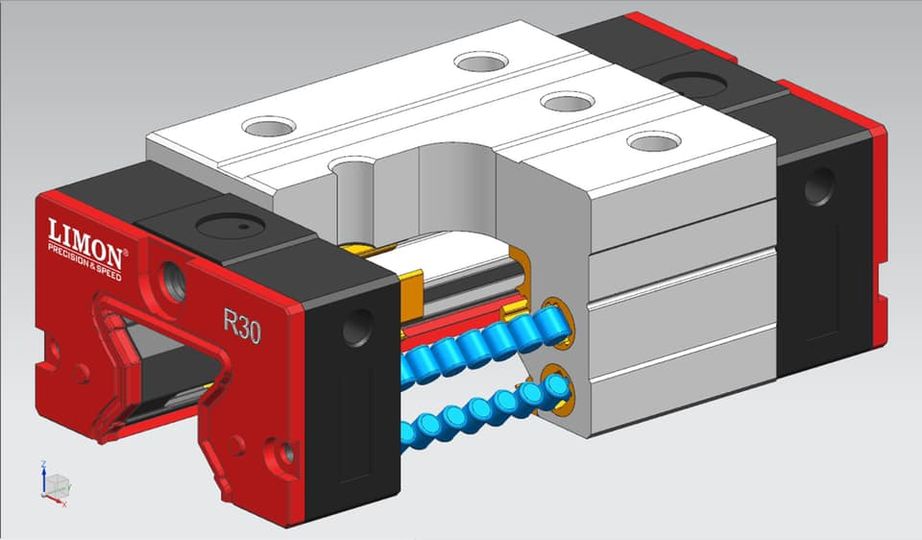
The last,let’s discuss how do we do linear rail assembly?
The linear rail assembly considerations:
There are three basic mounting scenarios for recirculating linear rail assembly a single block on a single rail, multiple blocks on a single rail, and multiple blocks on multiple rails.
Single block on a single rail:For an assembly consisting of a single guide rail and one bearing block, the height and width tolerances of the assembly are important not only for mounting the rail to its base, but also for mounting an external load or tooling to the bearing block. In this configuration, the positioning requirements of the application are the primary factor in choosing the accuracy class. For example, applications that use rigid tooling or that need to maintain a tight tolerance for the position of the payload should use higher accuracy bearing blocks and guide rails.
Multiple blocks on a single rail:When more than one bearing blocks is mounted on a guide rail, any deviations in height or width can be problematic. This is especially true when mounting the payload or tooling to the bearings. Differences in height can cause uneven loading on the linear rail assembly, which leads to premature failure of the more heavily loaded bearing. When loads are rigidly pinned or fixed to more than one bearing block on a single guide rail, a higher accuracy class is often needed to avoid uneven loading on the bearings.
Multiple bearings on multiple rails:Probably the most commonly used configuration for recirculating guides is the combination of two guide rails in parallel with two bearing blocks per rail, because it resolves moments on the bearings into vertical and horizontal forces. However, this arrangement means that six elements (two guide rails and four bearing blocks) must be aligned. Does that mean you need “super” precision bearing blocks and guide rails when this configuration is chosen? Not necessarily, but a linear guide accuracy class of “high” or above is generally recommended.
If use more than two linear rail assembly in one parallel or more than two blocks in one single rail,it’s really special application.

